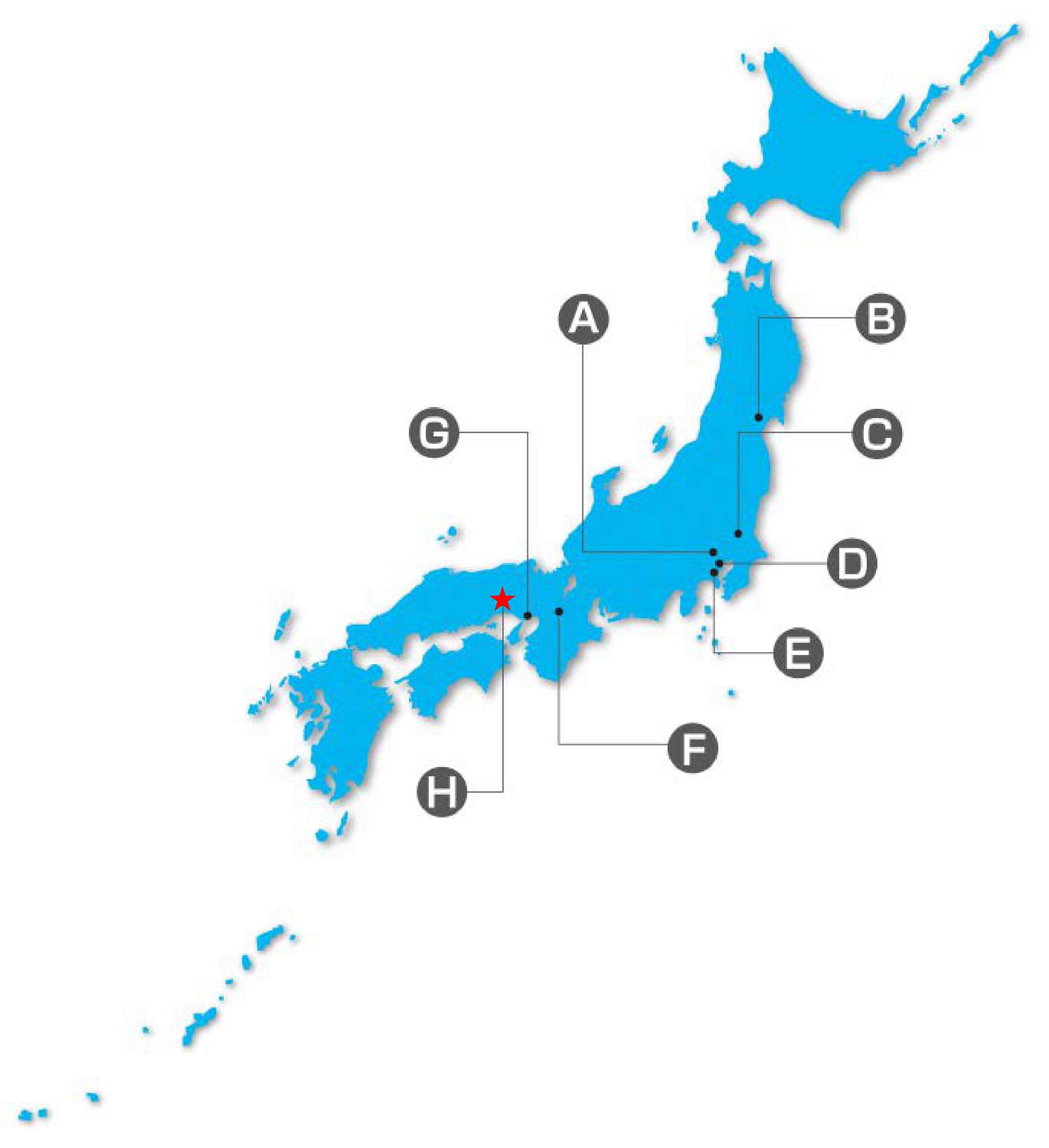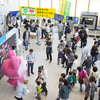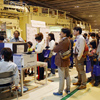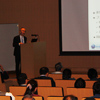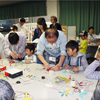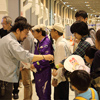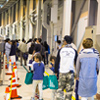The necessity of the large synchrotron radiation facility was proposed in the reply to the Consultation Article 11, promotion of comprehensive research and development related to the advancement of photon science and technology.
SPring-8
SPring-8 is a large synchrotron radiation facility which delivers powerful synchrotron radiation. The research conducted at SPring-8 includes biotechnology, environmental science, earth science, archeology, material science and so on.


